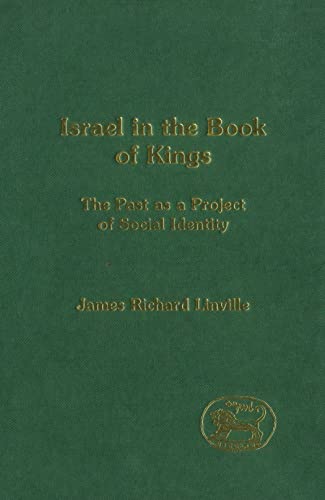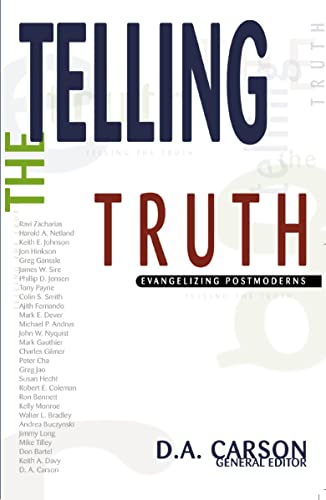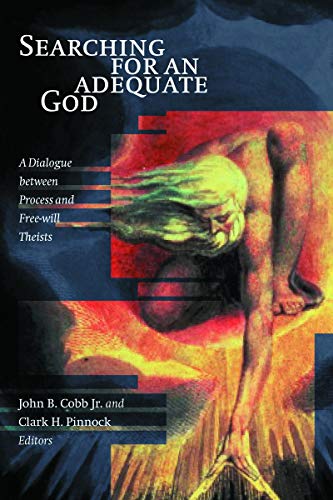Gnosis and Faith in Early Christianity
Written by Riemer Roukema Reviewed By Mark ElliottThis gnosis related to the origin of the world, the purpose of life on earth, and the way in which a human being can achieve spiritual redemption. According to this gnosis human beings have a slumbering heavenly nucleus in them which comes from the most high God. However, they have forgotten this original heavenly part of their inner being. During life on earth it is important to become conscious of it again and thus, through the true gnosis, to restore contact with the divine. In this way, human beings who are open to gnosis can find the way back on high again.
Thus on page three the author summarises what Gnosticism is.
Unlike Michael Williams’ recent influential book (Re-thinking Gnosticism), Roukema is more student friendly: he wants to deal in simple classifications of what Gnosticism was, rather than saying there was no one such thing (just as questions such as ‘the essence of Christianity’ are unfashionable). Likewise in listing what the Gnostic texts are—and doing this near the start is helpful—he does not share for instance Filoramo’s reservations as to what might be included as properly ‘Gnostic’, such as the three ‘Hermetic texts’ (Asclepius, On the Ogdoad and the Ennead on spiritual regeneration and the Acts of Peter). Textual evidence for what the Gnostics thought comes from three types of sources: (1) the fathers who opposed them; (2) the three ancient codices ‘discovered’ in the nineteenth century; (3) the capacious Nag Hammadijar found in Upper Egypt in 1945. He then briefly introduces the texts, from the Gospel of Thomas to The Exegesis of the Soul and Apocryphon of John and many others.
Next, Roukema gives us samples from Gnosticism at different stages of development. It is an introduction, a taster, not a comprehensive survey. First he tells us about Simon and Helen according to Irenaeus, then the Nag Hammadi text, The Exegesis of the Soul with their common themes of a loss of the Father’s house, prostitution and redemption in the shape of a husband redeemer. However, in the latter text, the OT is approved, and there is little reference to ‘gnosis’, whereas The Myth of Saturnilus, as reported by Irenaeus, does have a dualism between creation and redemption and their respective ‘gods’. Anyway, against the view prevalent in the last generation of scholarship, Gnosticism did not only get going with the systems of Basilides, Valentinus and Marcion in the second century. To think so is to deal with a representation of Gnosticism in the mirror of early Christianity and as if it were simply a deviant form of Christianity.
The author then jumps to explore the ‘background’ to Gnosticism: a mix of Jewish and Greek influences. This is why the Hebrew Bible is often appreciated, and why the theme of exile and return and references to Homer are apparent, but The Exegesis of the Soul does seem exceptional. Then there is very brief account of Jesus of Nazareth and his ‘cult’—too brief to be useful before the Third Section: ‘A Closer Look At Gnosticism’. He argues that it is creation dualism which distinguishes Gnostic from Catholic Christianity, but it is not much more ‘Hellenised’ than Catholic Christianity of that time. The Valentinians may seem strange to us, but they were thought of as Christian heretics.
One of the great mysteries is that these texts, based on 2–3c Greek originals were Coptic and made by Pachomian monks. For what reason—easier to refute the heresies contained within them? or for their own spiritual edification? What about the connections with Syriac poetry of orthodox provenance and the fact that the Syrian (so, Roukema) churches accepted The Acts of Thomas as much as the Manichees did. Roukema makes too much of Clement of Alexandria’s use of the term ‘gnosis’. While Roukema is right to say that some early Christians allegorise away the OT, this was not typical: they referred the application to Christ, the Church, the Christian life, the Last Things. Conservatively Roukema distances Jesus from the Gnostic (and ‘Jesus Seminar’ picture of him), the central message of Christianity (the goodness of creation, the persistence and value of some form of embodiment), and criticises their elitism. For all the selectivity. necessary in a short Introduction, Roukema has failed to get under the skin of the historical Gnostics and presents us with a pleasant liberal re-assertion of the value of incarnational Christianity.
Mark Elliott
St Andrews University







